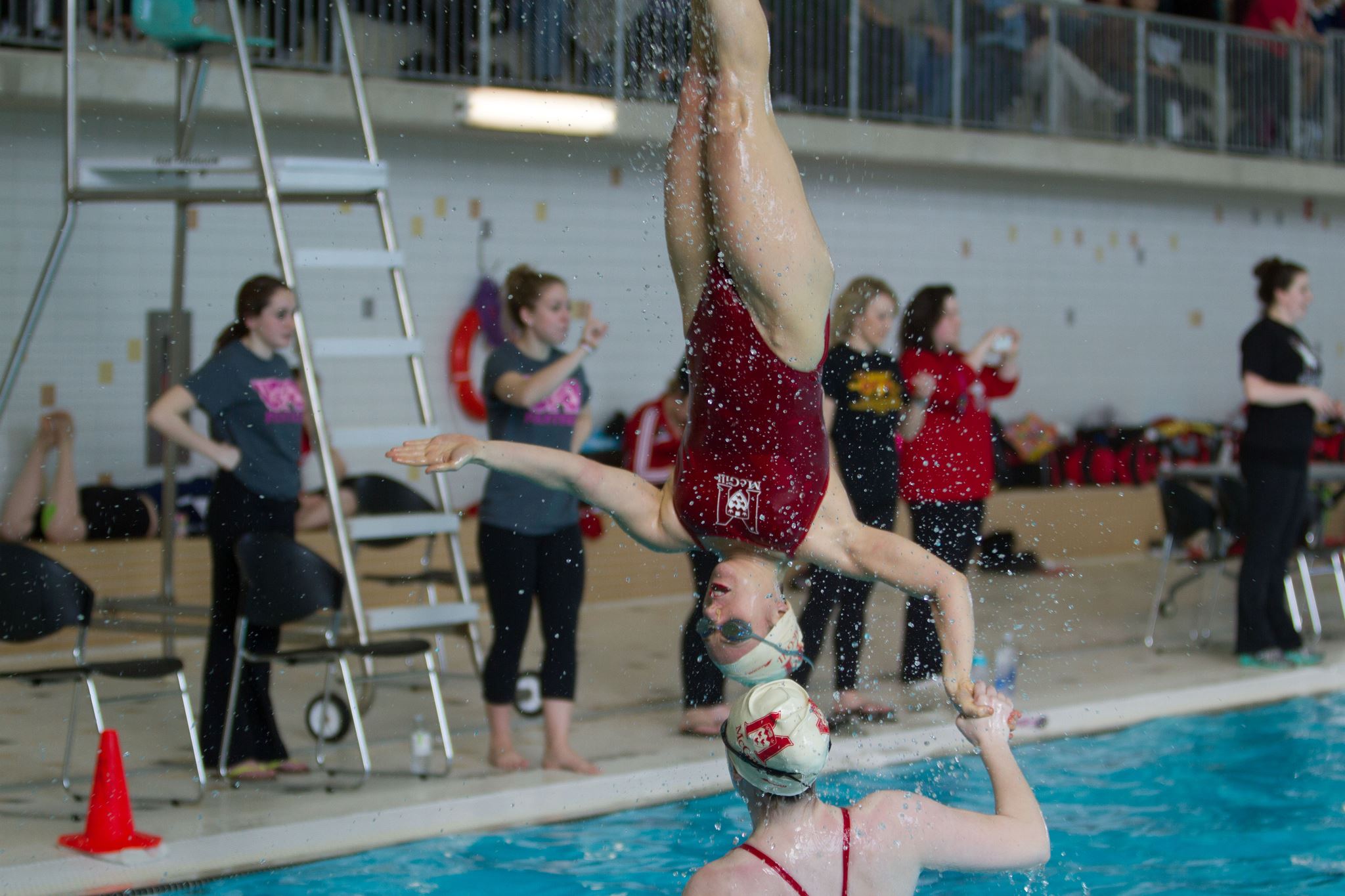1 The first official synchronized swimming competition was held in 1891 in Berlin. Many synchronized swimming clubs were formed around this time, and Canada began developing swimming teams to compete in similar events in North America. These performances would soon be incorporated into music hall events, with theatres in London and Glasgow featuring massive water tanks to facilitate these performances.
2. Annette Kallerman, an Australian swimmer and actress, made the sport famous with her performance as an underwater ballerina inside a glass tank at the New York Hippodrome in 1907. Katherine Curtis, from Milwaukee, Wisconsin, was another pioneer responsible for bringing synchronized swimming to the University of Chicago, where one of the first ballet clubs took off and helped grow the sport immensely in North America. The first official event in North America took place in 1924 in Montreal. Peg Seller was the winner of this inaugural competition.
3. The sport was called “water ballet” before the terms “synchronized swimming,” or “synchro” caught on in the 1900s. At the turn of the 20th century, “water ballet” was still being used by many athletes.
4. The term “eggbeater kick” is used to describe a skill in which synchro swimmers tread water with their arms free to perform strokes. It is a fundamental skill for any synchronized swimmer as it provides stability for maneuvers above water. The swimmer should have their body at chest level to the water in order to properly perform an eggbeater kick.
5. There are three main types of lifts practiced by swimming clubs: The platform lift, the stack lift, and the throwout lift. All these lifts are slight variations of one another, but they all require an entire base of swimmers to support a teammate who will stand above the water and perform the highlight.
6. Despite synchronized swimming’s lengthy history dating back to the late 1800s, the sport was not part of Olympic competition until the Los Angeles 1984 Summer Olympics. U.S.A.’s Tracie Ruiz won the first gold medal in the solo event, and team U.S.A. also won gold in the duet competition.
7. Michelle A. Cameron-Coulter and Carolyn Waldo won the first gold medal in synchronized swimming for Canada as a duet in 1988 at the Summer Olympics in Seoul, South Korea. Cameron was made a member of the Order of Canada in 1988, and was also inducted into the Canadian Sports Hall of Fame in 1991.
8. The pools used for international competitions must be a minimum of 20m by 30m, and within that a 12m by 12m area must be at least three metres deep. The water temperature must be 26 degrees Celsius throughout the entire event. Throughout each performance, underwater speakers are used to project music so the athletes can follow along to the beat.
9. McGill University alums Penny and Vicky Vilagos don’t only share the same last name. The twin sisters share the same birthday (April 17, 1963), as well as a synchronized swimming silver medal which the pair earned for Canada at the 1992 Barcelona Olympics. In 2013, they were both inducted into the McGill Sports Hall of Fame.
10. In February 2015, McGill University’s synchronized swimming team won its 12th National Championship since the Canadian University Synchronized Swimming League’s inaugural 2001-2002 season. McGill’s best kept secret is its synchro program—the gold standard among Canadian universities.









